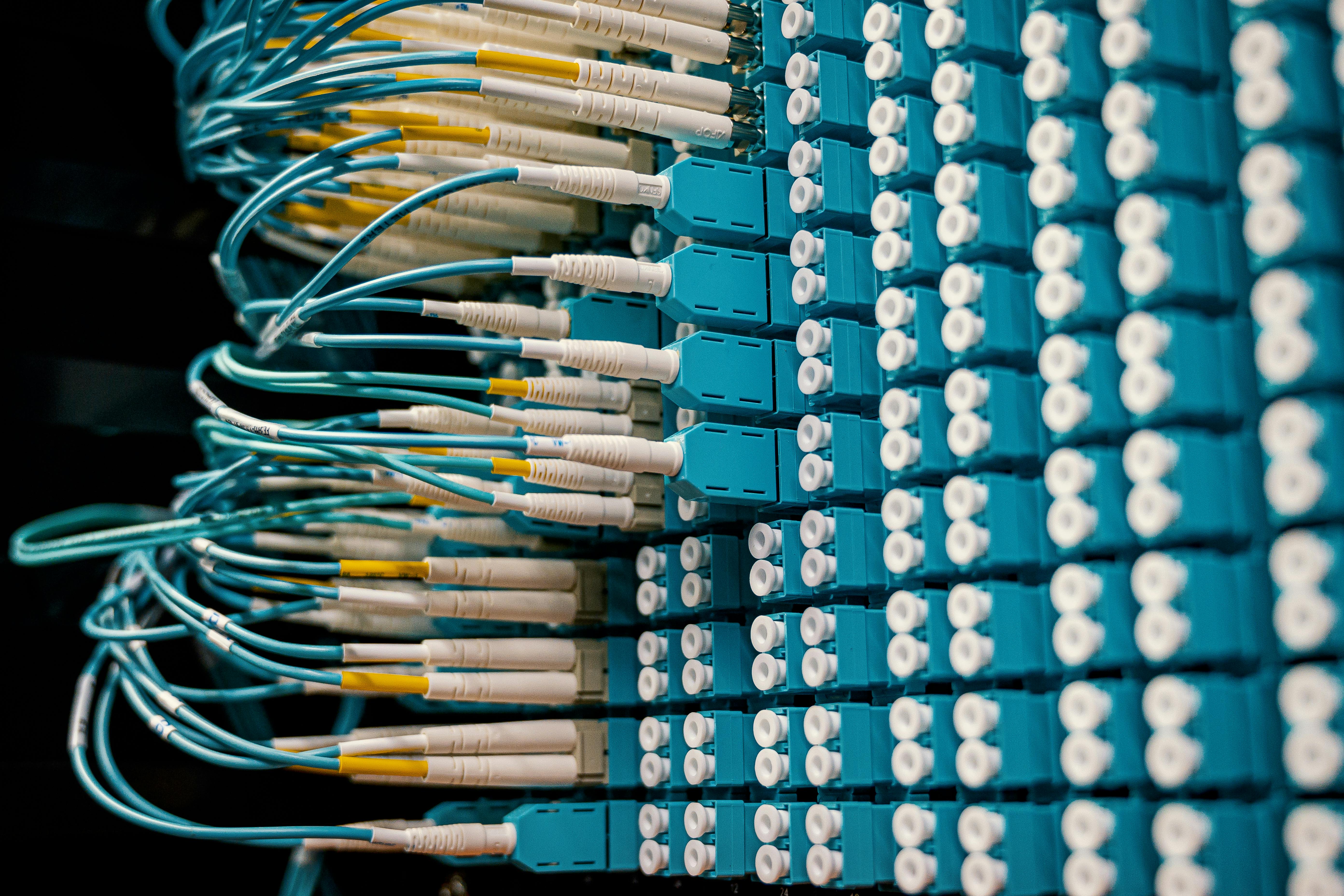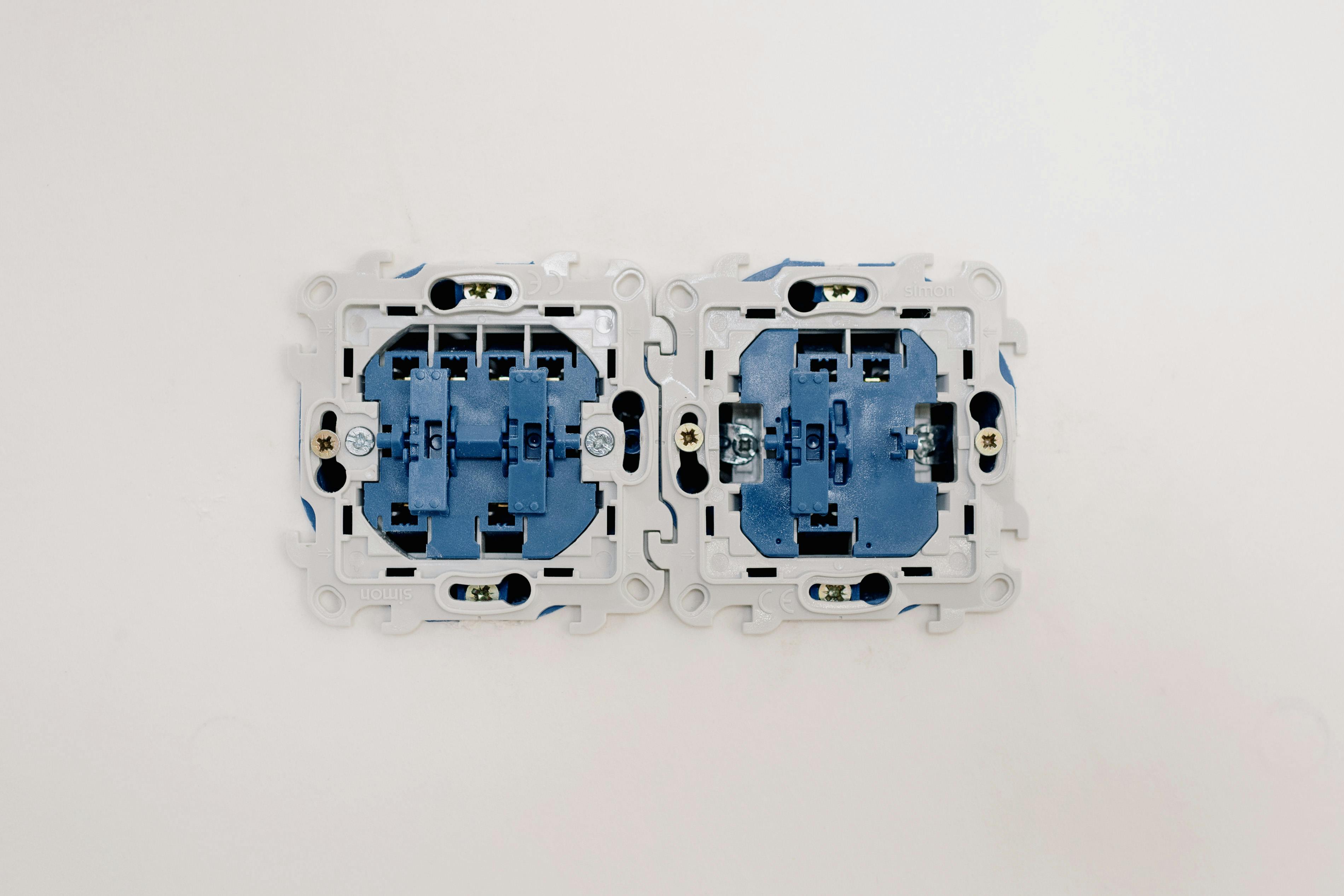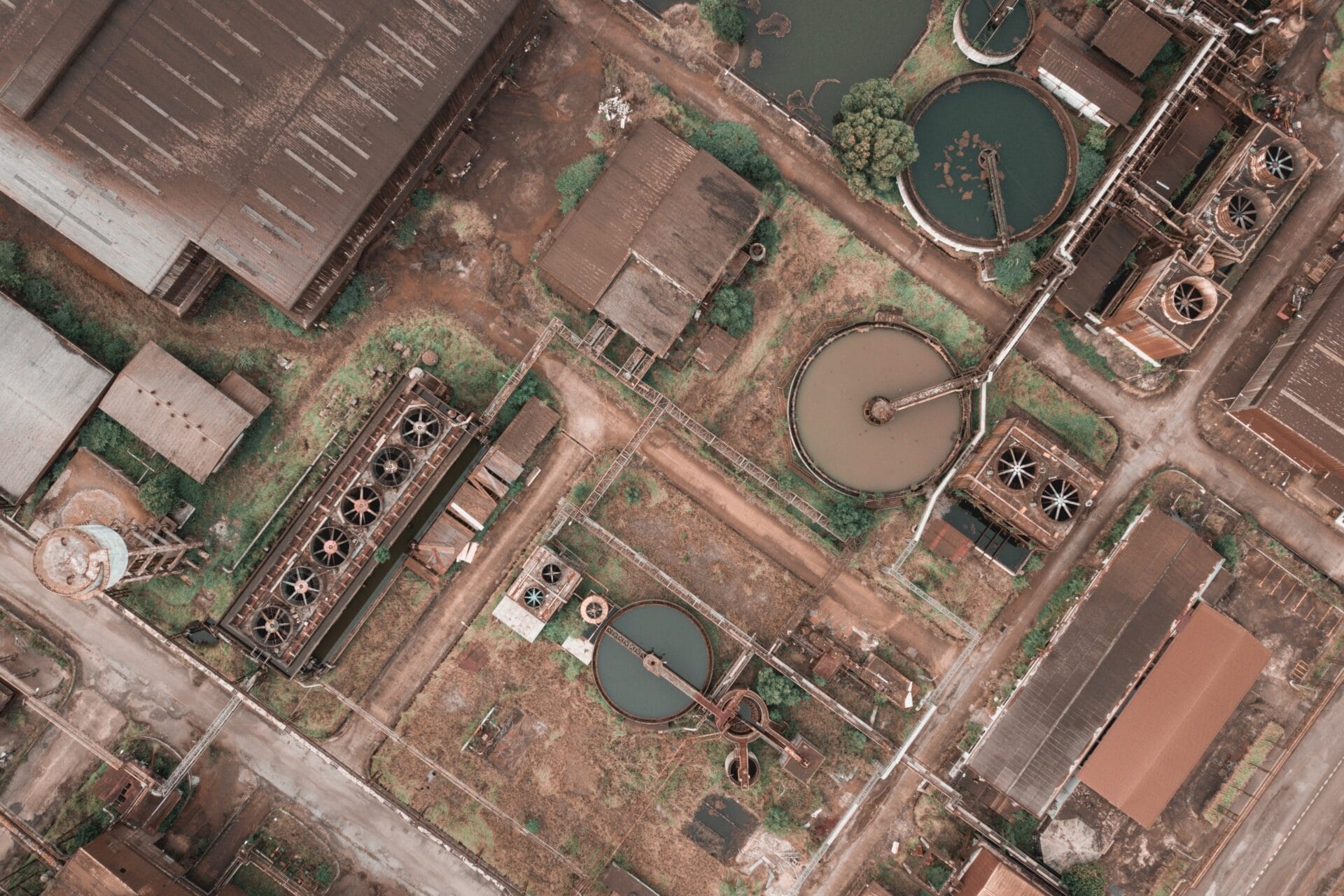If you’ve decided that you’d like to install a water softener and filtration system in your home, you’ve made a wise decision. Not only will this help protect your plumbing system from hard water damage, but it can also improve the taste and quality of your drinking water. Installing a water softener and filtration system is not as difficult as it may seem. With the right materials and know-how, you can install a system yourself in just a few hours. In this guide, we’ll discuss what materials you need and how to install a water softener and filtration system correctly.A water softener and filtration system is a device that combines the processes of softening hard water and filtering out impurities. It uses a combination of mechanical, chemical, and electrical processes to reduce hardness in water caused by calcium and magnesium ions, as well as to remove any other contaminants. The softened water is then used for drinking, bathing, cooking, laundry, cleaning, irrigation, and other household or commercial uses.
Benefits of Installing a Water Softener and Filtration System
A water softener and filtration system has a range of benefits for homes and businesses. By installing one, you can enjoy softer water, improved taste, extended appliance life, and better overall health. Here are some of the key benefits of installing a water softener and filtration system.
Softer Water
Hard water contains more dissolved minerals such as calcium and magnesium than soft water does. This makes it more difficult to lather soap or shampoo, leading to a need for more product. It also leaves behind residue on surfaces such as sinks, bathtubs, dishes, and clothing. With a water softener and filtration system installed, all of these issues are eliminated as the minerals are filtered out of the water.
Improved Taste
Water that is treated with a water softener and filtration system also tastes better because it is free from chlorine, sediment, rust, or any other contaminants that may have been present before treatment. This makes drinking the water much more palatable for those who prefer not to drink tap water due to its taste.
Extended Appliance Life
Hard water can cause build-up in pipes and other plumbing fixtures over time. This build-up can reduce the efficiency of appliances such as dishwashers or washing machines by reducing their ability to clean effectively. A water softener and filtration system can eliminate this build-up, allowing appliances to function properly for longer periods of time.
Better Overall Health
Using softened and filtered water can have many positive health benefits such as reducing skin irritation when showering or bathing due to reduced levels of chlorine or other contaminants in the water. It can also help reduce exposure to toxins from lead or other substances present in tap water that could potentially cause health problems over time if consumed regularly.
Types Of Water Softeners And Filtration Systems
Water softeners and filtration systems are essential components of a household water supply system. They help to keep the water clean and free from contaminants, as well as reduce the amount of hard minerals in the water. There are several different types of water softeners and filtration systems available, each with its own set of advantages and disadvantages.
The most common type of water softener is a salt-based system, which uses sodium chloride to reduce the hardness in the water. This type of system is relatively inexpensive and easy to maintain, but it can create high levels of sodium in the water which can be harmful to health if consumed in large quantities.
Another type of softener is a potassium-based system, which uses potassium chloride instead of sodium chloride. This type of system produces fewer byproducts and is generally considered to be more environmentally friendly than a salt-based system. However, it does require more frequent maintenance and is often more expensive than other types of systems.
In addition to salt-based and potassium-based systems, there are also magnetic water softeners that use magnetic fields to reduce hardness. These systems are very effective at removing minerals from the water but can be quite expensive. In addition, they require regular maintenance to ensure that they remain effective.
Finally, there are reverse osmosis filtration systems that remove impurities from the water by forcing it through a membrane filter. These systems are effective at removing many different types of impurities but can be costly and require frequent maintenance. In addition, they do not remove all impurities from the water so additional filtration methods may be necessary for complete purification.
How To Choose The Right Water Softener And Filtration System For Your Home
Choosing the right water softener and filtration system for your home can be a daunting task. With so many different types of systems available, it can be hard to determine which one is best for your needs. It’s important to consider factors such as the size of your home, budget, and the quality of water that you require before making a purchase. Here are some tips to help you choose the right water softener and filtration system for your home.
The first step in selecting a water softener and filtration system is assessing your water quality. You should test your home’s water to determine what type of contaminants are present in it. This will help you determine which type of system is best suited for your needs. It’s also important to consider how much water you use on a daily basis as this will help you choose the right size system that can handle the amount of water used in your home.
Once you have determined what kind of contaminants are present in your water, you should look into different types of systems that are available. Different types of systems use different methods for filtering out contaminants from the water such as reverse osmosis, ion exchange, and carbon filters. Each type has its own set of advantages and disadvantages so it’s important to research each type before making a decision.
Another factor to consider when choosing a water softener and filtration system is cost. Different systems vary significantly in price so it’s important to find one that fits within your budget while still providing quality results. It’s also important to consider maintenance costs associated with each type of system since some require more maintenance than others.
Finally, it’s important to look into any warranties or guarantees offered by the manufacturer when purchasing a water softener and filtration system for your home. This can help ensure that you get the most out of your purchase and can give peace of mind if something were to go wrong with the system down the line.
By following these tips, you should be able to find the right water softener and filtration system for your home with ease. Consider all aspects mentioned above carefully before making a purchase so that you get an effective solution that meets all of your needs.
What Tools Do You Need To Install A Water Softener And Filtration System?
Installing a water softener and filtration system requires several tools to ensure a successful installation. The most common tools needed are a pipe wrench, adjustable wrench, screwdriver, pliers, and drill. You will also need an Allen key for any bolts used in the installation process.
For the plumbing aspect of the installation, you will need a variety of fittings and connectors such as elbows, unions, valves, tees, and couplings to join the pipes together. Depending on the type of system you install, there may be additional components such as flexible tubing or special filters that require additional tools.
In addition to the physical tools needed for the installation of a water softener and filtration system, it is important to have an understanding of how your system works before attempting to install it yourself. This can be done by reading through the user manual or consulting with an experienced professional who can provide you with useful advice.
Finally, it’s important to have all the necessary safety gear when installing a water softener and filtration system. This should include gloves, safety glasses or goggles, and protective clothing such as long-sleeved shirts and pants. It is also essential to follow all safety guidelines provided by the manufacturer while installing your system.
By gathering all these tools beforehand and taking necessary safety precautions while installing your new water softener and filtration system you can ensure a successful installation process that will leave you with clean water that meets your needs.

Step 1: Gather Your Materials
Before you can install a water softener and filtration system, you’ll need to gather all the necessary materials. Make sure to have a water softener, filter, wrench, pipe cutter, tubing, fittings, and plumbing tape on hand. It’s also important to have a diagram of your home’s plumbing system to ensure the installation goes smoothly.
Step 2: Shut Off the Main Water Supply
The next step is to shut off the main water supply before beginning any installation. This will prevent any accidents or damage from occurring while you are installing the new system. Locate your home’s main shutoff valve and turn it clockwise until it stops.
Step 3: Remove Existing Fixtures
Now it’s time to remove any existing fixtures that may be in place. This includes old filters or water softeners that may be attached to your home’s plumbing system. Using a wrench or pipe cutter, disconnect these fixtures and set them aside for disposal later.
Step 4: Install the Water Softener
Once you have removed all existing fixtures, you can now begin installing the new water softener and filtration system. Start by attaching the water softener to your home’s plumbing system using the necessary fittings and tubing. Make sure everything is properly secured before moving on to the next step.
Step 5: Install Filters
The next step is to install filters in order to remove impurities from your home’s water supply. These filters can be attached directly to your water softener or they can be installed separately in order to provide an additional layer of protection against impurities in your water supply.
Step 6: Test and Adjust System Settings
Once you have installed both the water softener and filters it is important that you test them out before putting them into full operation. This will allow you to adjust any settings if needed in order for them to work properly with your home’s plumbing system.
Step 7: Turn On Main Water Supply</h2Programming Your New Water Softener and Filtration System
Installing a water softener and filtration system in your home can provide you with cleaner, better-tasting water, as well as protect your plumbing fixtures from hard water damage. Programming your new water softener and filtration system is essential to ensure that it works properly. Here are some tips on how to program your new system:
First, you will need to decide on the type of filtration system that best meets your needs. There are a variety of systems available, including reverse osmosis, whole house, and point-of-use systems. Each type has its own set of features and benefits, so be sure to do your research before making a decision.
Once you have decided on the type of system you want to install, it’s time to program it. Most systems will come with instructions on how to program them correctly. This usually includes setting up the water flow rate and programming the regeneration cycle for the softener tank. Make sure that you follow all instructions carefully for optimal performance.
If you’re having difficulty programming your system or if you feel like something isn’t quite right, contact the manufacturer or an experienced plumber for assistance. They can help troubleshoot any issues and ensure that your new system is working correctly.
Finally, be sure to perform regular maintenance on your water softener and filtration system in order to keep it functioning properly over time. This includes regularly changing out the filter cartridges and checking for any signs of wear or damage. Following these steps can help extend the life of your system and ensure that it operates at peak performance levels for years to come.
Troubleshooting Common Problems With Your Water Softener And Filtration System
Having a water softener and filtration system in your home is essential for providing clean and healthy drinking water. However, like any other piece of machinery, these systems are prone to malfunctions. If you experience any issues with your water softener or filtration system, there are some simple steps you can take to troubleshoot the problem.
Check the Water Flow
The first thing you should do is check the flow of your system’s water. This will tell you if there is an issue with the plumbing or if there is a problem with the filter itself. It’s important to check both the incoming and outgoing water flows so that you can identify any blockages that may be present.
Inspect the Filter
Once you have confirmed that the water flow is normal, it’s time to inspect the filter itself. Make sure that all of the components are securely connected and that there are no cracks or tears in any of them. Additionally, check for any signs of corrosion or damage from wear and tear over time. If there are any problems present, then it may be necessary to replace your filter altogether.
Clean or Replace The Filter Cartridge
If everything appears to be in good condition, then it’s time to clean or replace your filter cartridge. Depending on how long it has been since you last changed your cartridge, this could either involve cleaning out accumulated debris or replacing it with a new one altogether. Be sure to follow all instructions provided by the manufacturer when cleaning or replacing your filter cartridge so that you don’t damage any other components in the process.
Check The Softening Tank
Finally, inspect the softening tank for signs of buildup or corrosion that could be causing a problem with your system’s performance. If necessary, clean out any sediment buildup and replace any damaged parts as needed before putting everything back together again and running a test cycle of softened water through your system to ensure everything is working properly once more.
By following these simple steps, you can quickly identify and fix common problems with your water softener and filtration system without having to call out an expensive technician for help – saving yourself both time and money in the process!

Conclusion
Installing a water softener and filtration system is a great way to improve the quality of your water. It can help reduce hard water deposits and other contaminants, as well as provide you with better-tasting and smelling water. The installation process is relatively straightforward, although you may need assistance for certain steps. Even if you hire someone else to do the installation, it should be relatively inexpensive and well worth the effort.
Having clean, filtered water in your home will make a difference in your home life. You’ll appreciate the improved taste of your drinking water, and it can also benefit your plumbing system in the long run. If you’re ready to make the investment in improving your home’s water quality, take some time to research different systems and find one that works best for you.

